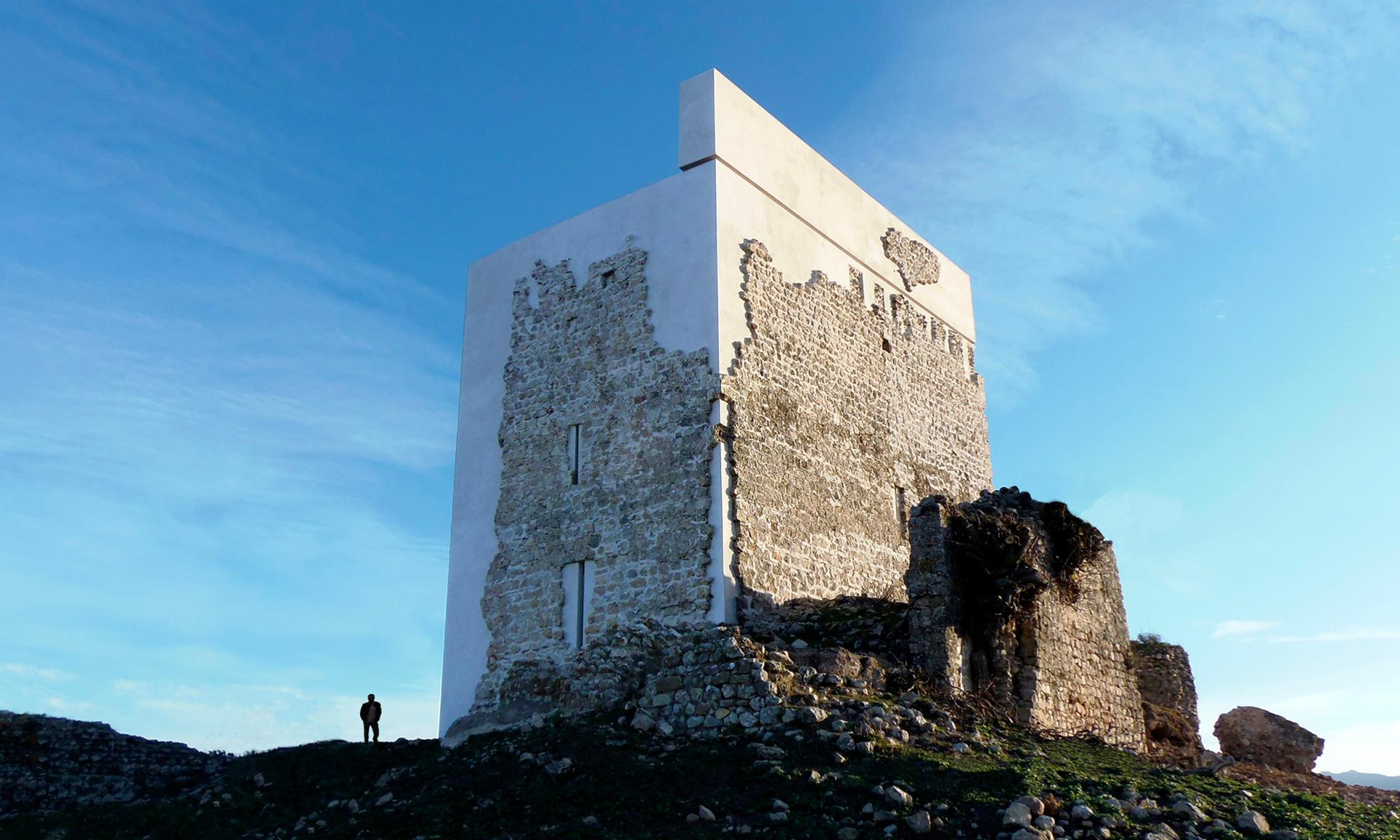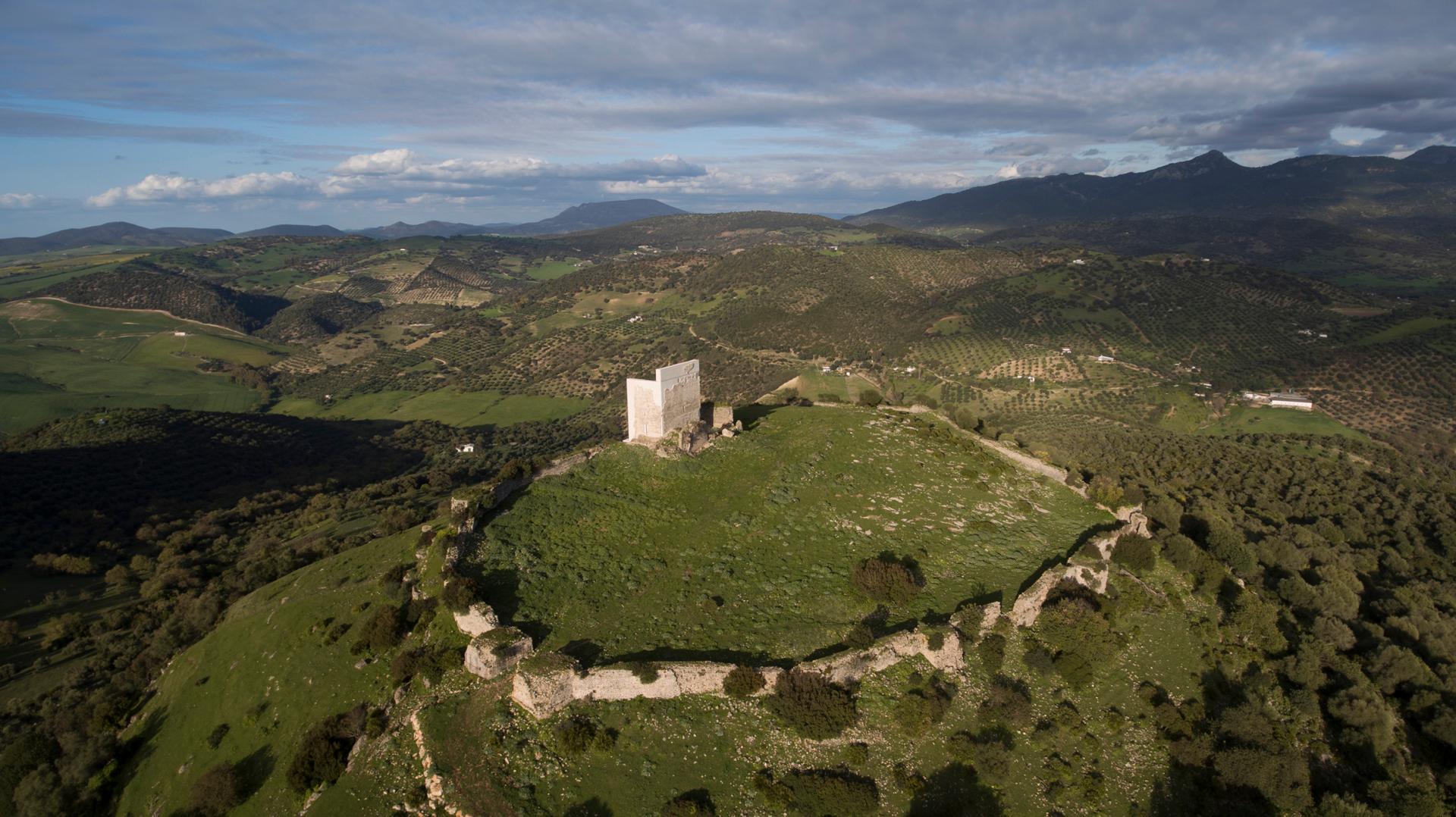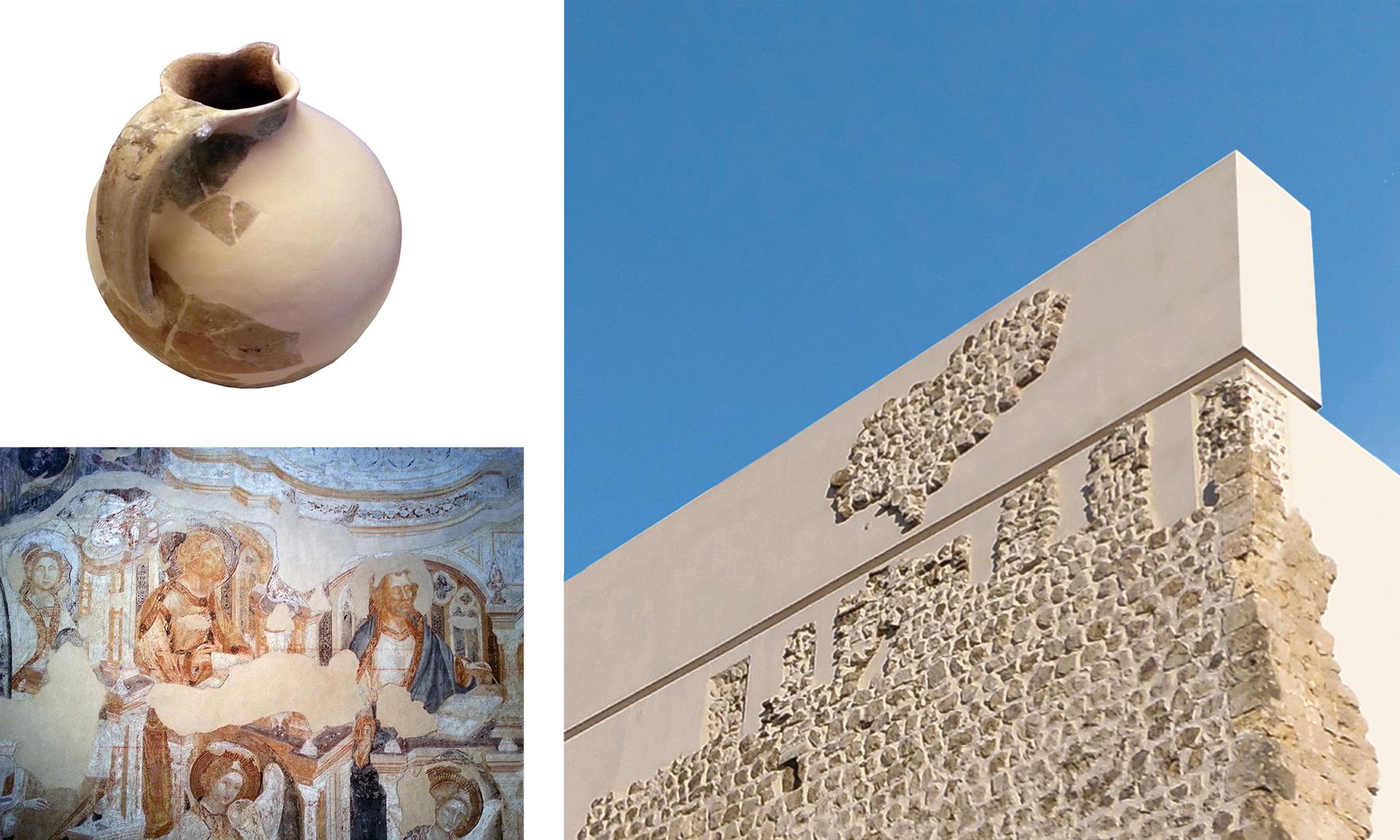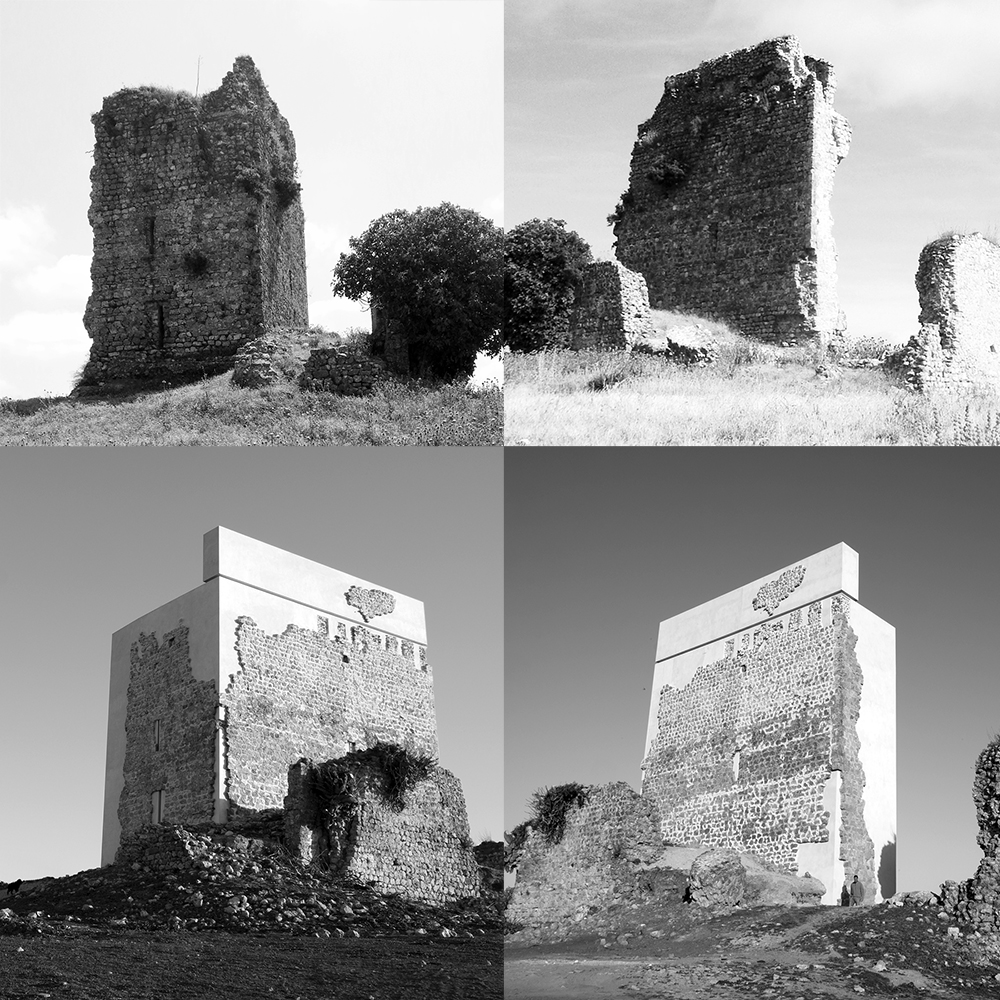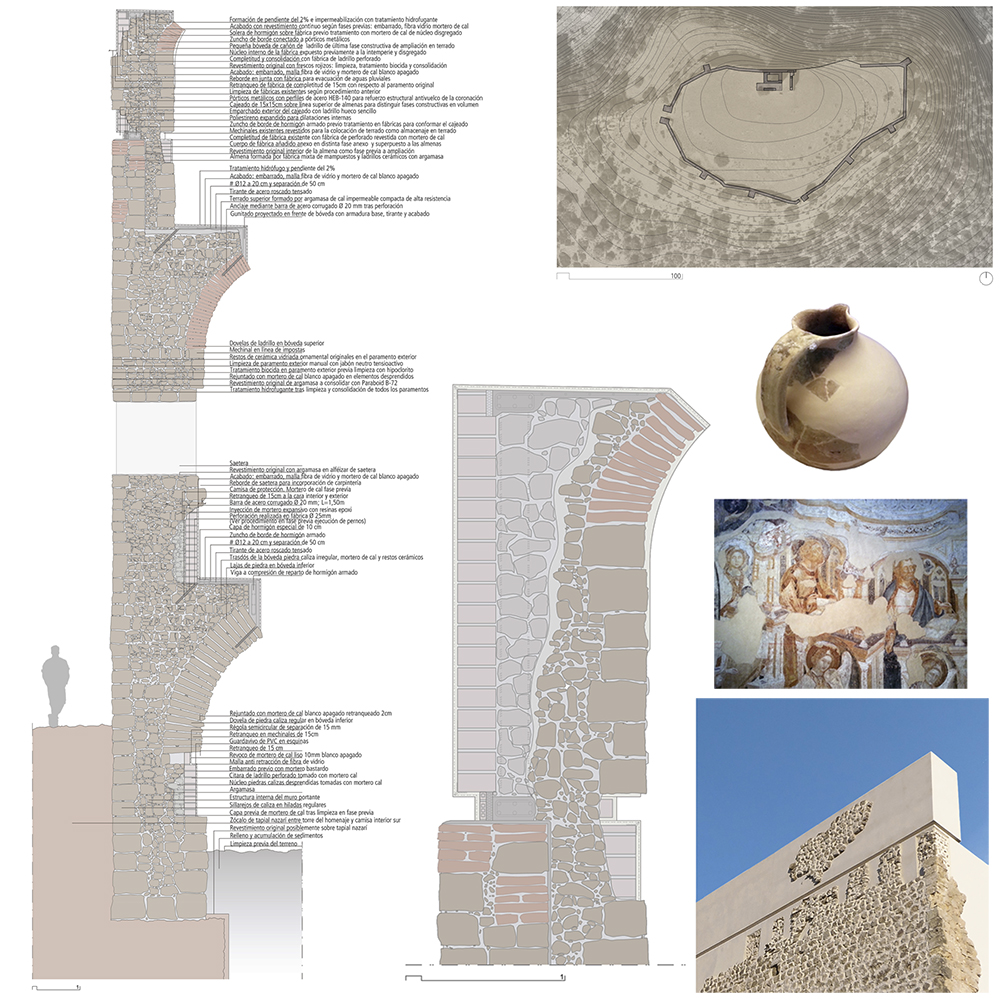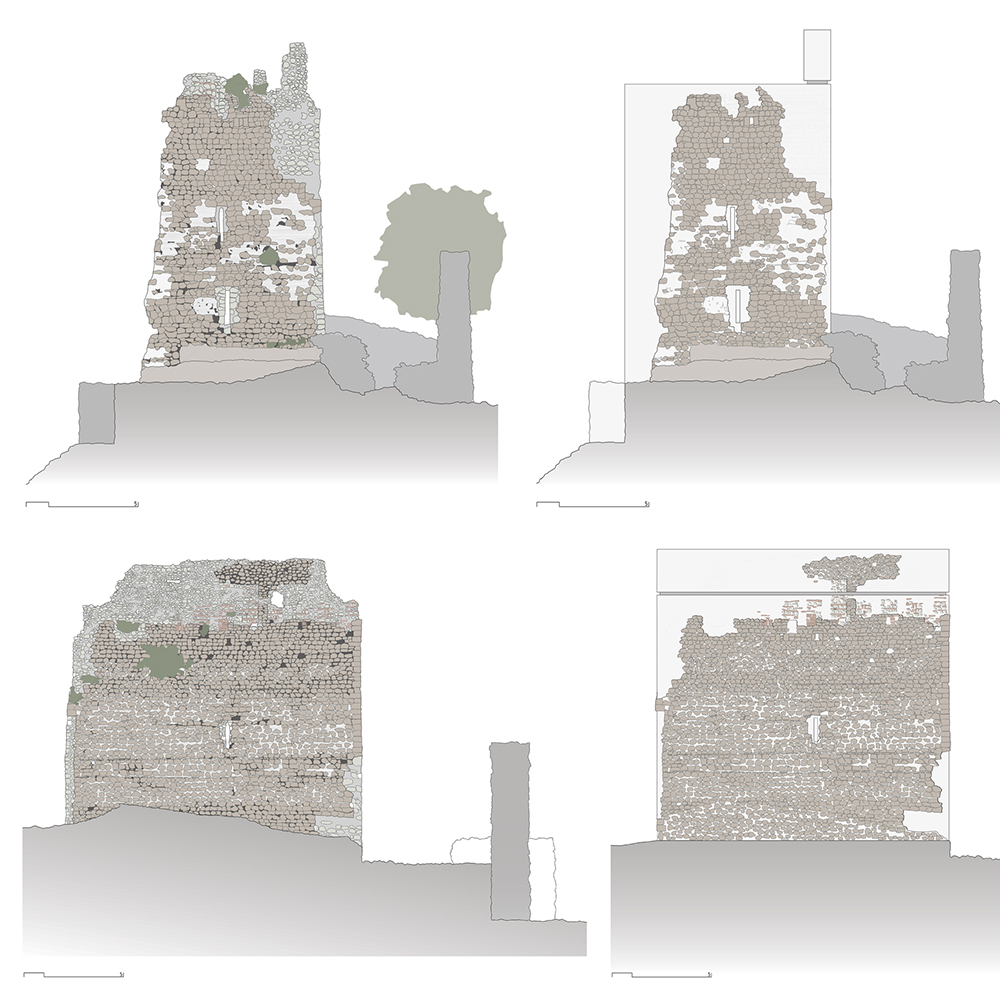Recovering Matrera Castle
Basic information
Project Title
Full project title
Category
Project Description
These cultural models of our territories have suffered enormously due to the crisis, which has made them fall into decadence because of the lack of economic interest in their maintenance. With compatibility and authenticity criteria, the intervention looks at structurally consolidating the elements that were at risk, to differentiate the additions from the original structure, and recovering the volume and tonality that the tower originally had as a landscape icon an cultural embleme.
Project Region
EU Programme or fund
Description of the project
Summary
This medieval tower has always been a historical landmark due to its strategic position in the latest “Nazari” border, where the Guadalete Valley meets the Bética mountain range. However, it had partially collapsed in 2013, losing part of its imposing volume and putting at risk not only the architectural stability of the rest of the tower, but also its role as a landscape landmark, linked to the iconography and culture of the region. Therefore, our project was to consolidate such a landscape icon.
These cultural models and emblems of our cities and territories have suffered enormously due to the economic crisis, which has made them fall into decadence because of the lack of economic interest in their maintenance.
Key objectives for sustainability
The very limestone that had collapsed was re-used for the buttresses that guarantee its stability and for the reinforcements/protections of the internal degraded cores that had lost their exterior stonework. The top was executed in order to consolidate the slender wall that remained after the collapse and that was running a serious risk of overturning. In its exterior face, the flesh was removed and the original white covering was retained in its interior face as well as an interesting fresco painting of a boat in ochre tonality. All the edges were also rethought from the details of geometric existing geometrical elements, in order to mark its original volume.
Key objectives for aesthetics and quality
With compatibility and authenticity criteria, the intervention looks at structurally consolidating the elements that were at risk, to differentiate the additions from the original structure, avoiding mimetic reconstructions (that our law prohibits), and recovering the volume and tonality that the tower originally had as a landscape icon.
Key objectives for inclusion
In parallel to the practical intervention of movable heritage, its historical value has also been enhanced, facing its original volume using a continuous coating (mortar of lime) similar to the one which originally covered it, which clogs the gap and allows reading of the architecturally recessed unit. Likewise the upper casing defines its construction phases enhancing the original battlements shots that were hidden behind their stratigraphic superposition.
Results in relation to category
All that previous historical, constructive, functional, structural and pathological analyses, as well as the archaeological supervision that has taken place have been important to define the details of the project. New discoveries have appeared during the works that have served to recover part of the interesting history of this monument of cultural interest.
How Citizens benefit
Can architecture's complexity, especially when it comes to restoration, be understood through a mere snapshot and its media repercussion? In Matrera Castle, the intervention of this cultural heritage has meant the recovery of an iconographic emblem of the region very represented in society, being a tourist attraction due to the media impact that has taken place in it. Matrera is an example of intervention and recovery of the built heritage with a view to the future and economic development of the region.
Innovative character
Hence, the proposal successfully overcomes the challenge of restoration: it neither recreates the past with the risk of generating a confusing historical falsehood, nor obliterates the passage of time by introducing a glaring feature made of alien materials. By leaving the old as it probably never was but as time has left it, and by offering the new in the texture and tone of its proven primordial past, we come to understand the complexity of time, space, architecture and heritage, and most importantly, this knowledge can be adequately transmitted into the future. The new and the old will age well together.
This project shows us that the answer, clearly, is no; that there is much more behind a superficial first impression and that it is worth taking some time to stop and think about what we are seeing.

